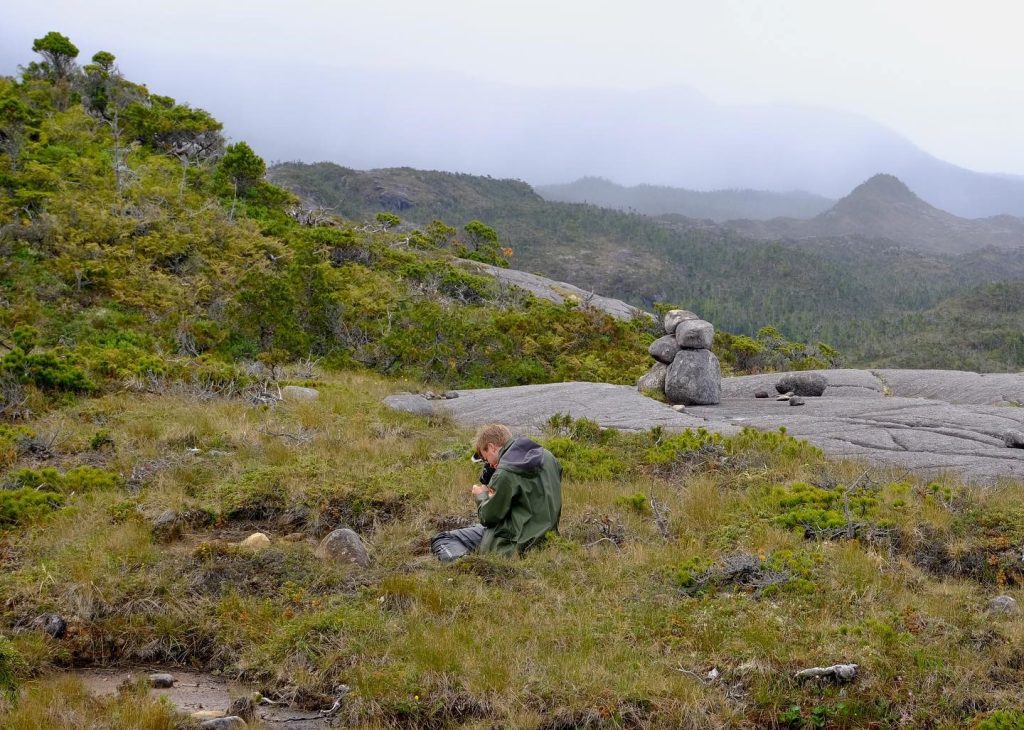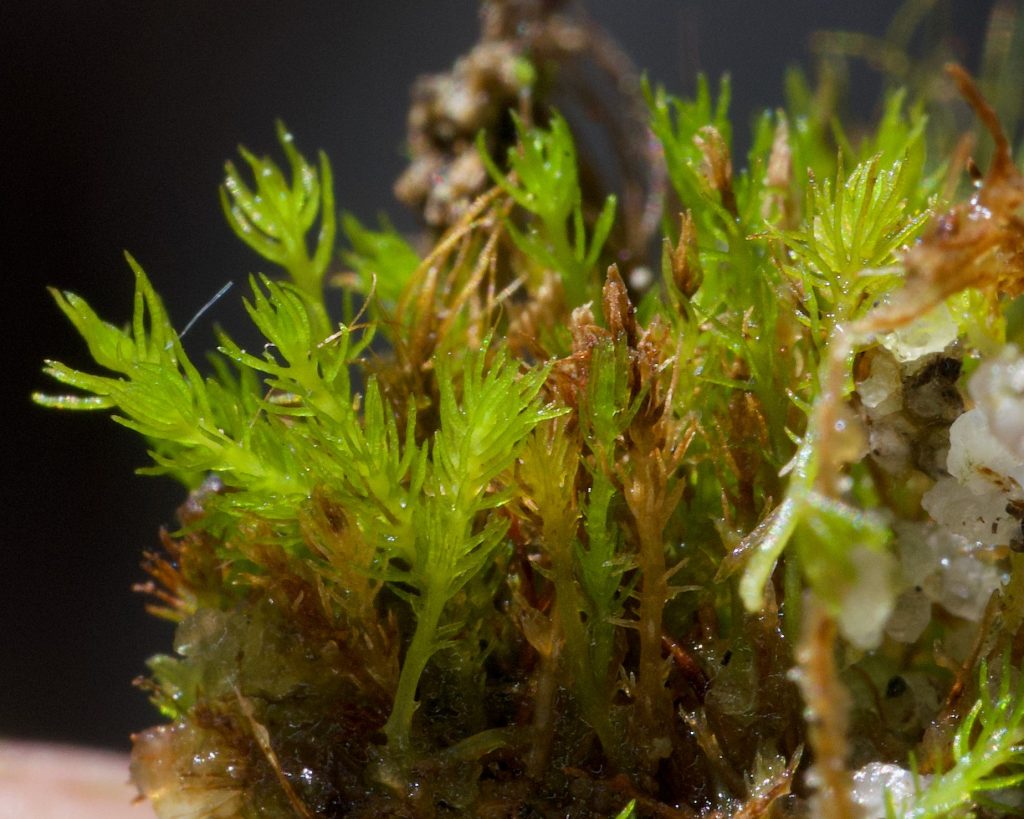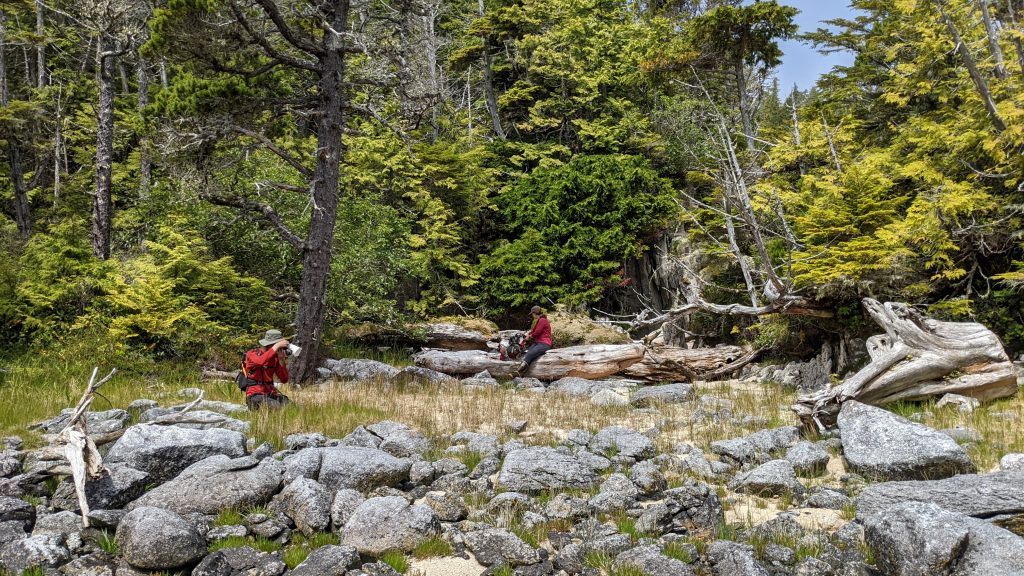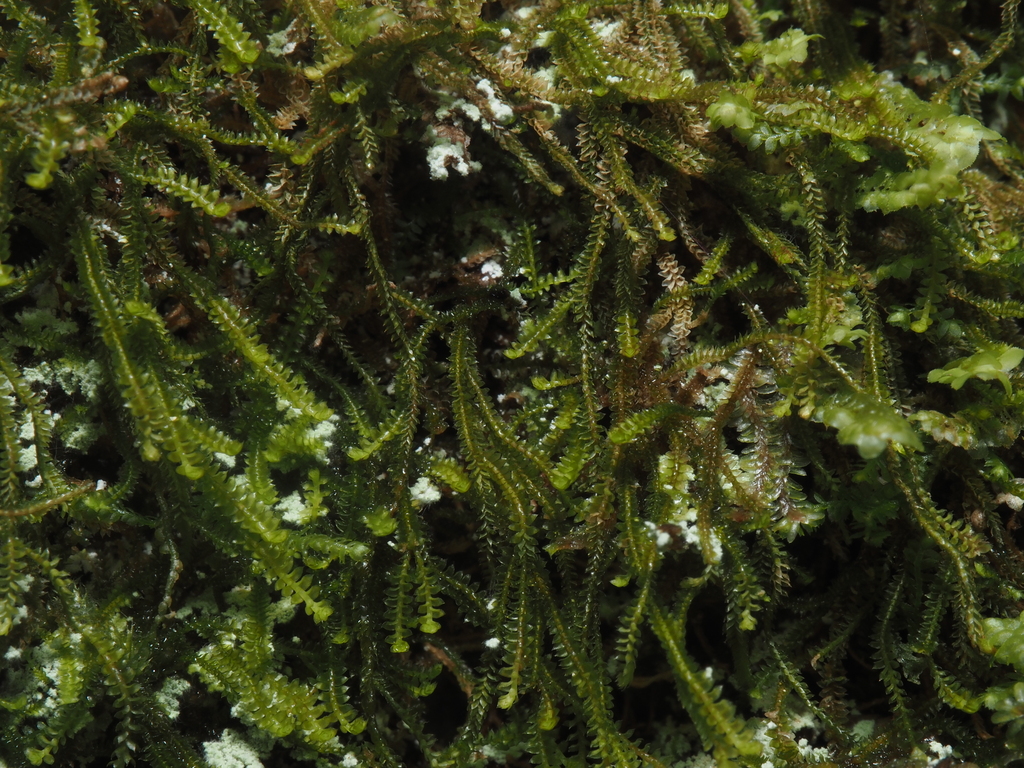12 days at the Calvert Island Ecological Observatory
Categories:
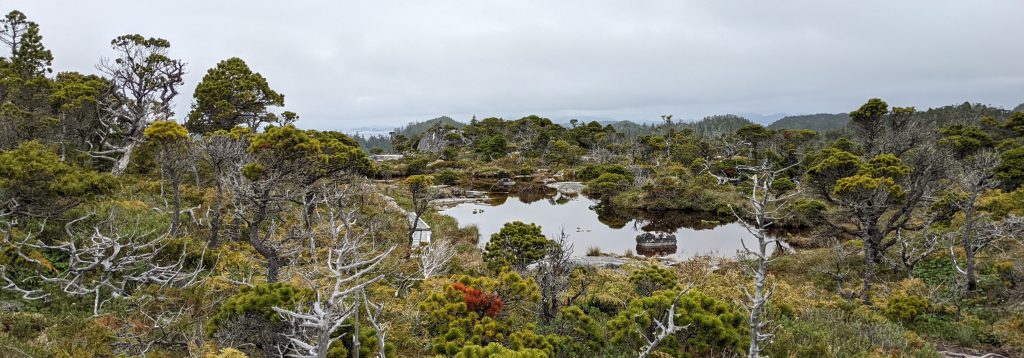
Guest blog by Finn McGhee
Beginning in 2019, the BC Parks iNaturalist Project has employed teams to conduct biodiversity surveys throughout the province, focusing on protected areas including provincial parks, ecological reserves, and conservancies. This project also aims to promote community engagement with biodiversity through iNaturalist, a community science platform. The iNaturalist website allows users to upload photos of living organisms for identification by a community of experts and amateur scientists. iNaturalist is a fantastic tool that allows anyone to contribute to broadening our understanding of B.C.’s biodiversity. The BC Parks iNaturalist Project is grateful to our funders from BC Parks, the Sitka Foundation, the Hakai Institute, and the Pacific Wildlife Foundation.
A 12 day stay at the Calvert Island Ecological Observatory
In June of 2022 the BC Parks iNaturalist team travelled to the Calvert Island Ecological Observatory, a remote field station in the Hakai Lúxvbálís Conservancy run by the Hakai Institute. The Conservancy is located in the heart of British Columbia’s Central Coast and protects over 120,000 hectares of land and sea, the largest marine protected area in British Columbia.
During the 12 day stay at the Calvert Island Ecological Observatory, the team explored sites on Calvert, Hecate, and the Goose Islands by boat and by foot, resulting in over 18,000 observations of 1,267 different species. The team surveyed many habitats that characterize British Columbia’s Central Coast including low productivity old growth blanket bogs, deep valleys filled with high productivity old growth forests, and diverse coastlines featuring sand dunes and rocky outcrops. The team found an enormous diversity of mosses, liverworts, and lichens, including many species that are only rarely seen in British Columbia. The team also brought moth lights (specialized equipment that emits many wavelengths of light to attract a broad range of nocturnal insects) and conducted nightly moth surveys in multiple habitats. During the 11 nights of surveys the team observed over 50 species of moth that were attracted to the lamps. You can see all the team’s moth observations here.
Searching for rare and endangered moss and liverwort
The team spent several days exploring the complex ecosystem of rolling peat mats, shallow ponds, rocky outcrops, and shrubby old growth forests populated by a stunning diversity of plants including many rare and endangered species of moss and liverwort. The team faced down swarms of blackflies and mosquitoes to hunt for these tiny gems, some of which have not been seen on Calvert Island since they were last collected in 1986 by Wilf Schofield, one of B.C.’s moss and liverwort experts. At first glance the blankets of sphagnum that make up much of the biomass of the bogs may look to be composed of few species, but there are actually many species of mosses and even some bryophytes that can only grow between the strands of the sphagnum. Some of these oddballs include bog pouchwort Calypogeia sphagnicola and bog haircap moss Polytrichum strictum. The team even hunted down the “holy grail” of Pacific northwest bryology: Takakia, a moss so rare and unusual that there is a lake named after it on Haida Gwaii.
Discovery of 2 new red-listed species
While searching for lichens on trees and rocky outcrops, the team made some remarkable discoveries including the identification of two new populations of rare red-listed species: powdery sea-fog lichen Niebla cephalota and seaside bone lichen Hypogymnia heterophylla. Sea-fog lichen grows on rocks and twigs on the coastline and was only previously recorded from the Victoria area and the southern gulf islands. Seaside bone lichen grows primarily on shore pines near the ocean. The team also saw a healthy population of old-growth specklebelly lichen Pseudocyphellaria raineirensis, a blue-listed species that is associated with old-growth forests.
During their 12 day visit to the Hakai Lúxvbálís Conservancy, the team encountered a diverse range of flora and fauna, from mosses and lichens to orcas and sea otters. These discoveries serve to further our understanding of the conservancy’s ecological significance and show the need for more research to understand the biodiversity of British Columbia’s central coast.
For more information about the BC Parks iNaturalist Project visit https://inaturalist.ca/projects/bc-parks and https://www.bcinat.com/ and for more information about the Hakai Institute visit https://hakai.org/
